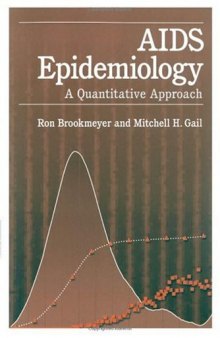 جزییات کتاب
جزییات کتاب
AIDS has appeared in more than 130 countries, and over 100,000 cases of AIDS have been reported in the U.S. alone. More and more, the public will be depending on statisticians to provide answers about the future course of this epidemic. This comprehensive work confronts the problems that are unique to AIDS research and unites them under a single conceptual framework. It focuses on methods for the design and analysis of epidemiologic studies, the natural history of AIDS and the transmission of HIV, methods for tracking and projecting the course of the epidemic, and statistical issues in therapeutic trials. The various methods of monitoring and forecasting this disease receive comprehensive treatment. These methods include back-calculation, which the authors developed; interpretation of survey data on HIV prevalence; mathematical models for HIV transmission; and approaches that combine different types of epidemiological data. Much of this material -- such as a discussion of methods for assessing safety of the blood supply, an evaluation of survey approaches, and methods to project pediatric AIDS incidence -- is not available in any other work.



 دانلود کتاب
دانلود کتاب

 جزییات کتاب
جزییات کتاب


 این کتاب رو مطالعه کردید؟ نظر شما چیست؟
این کتاب رو مطالعه کردید؟ نظر شما چیست؟
